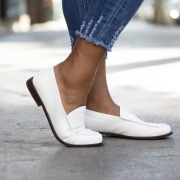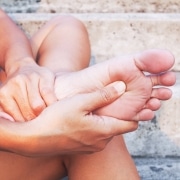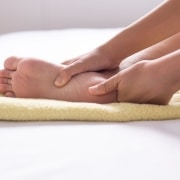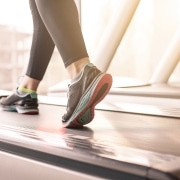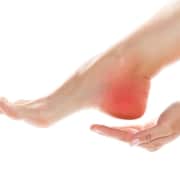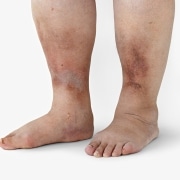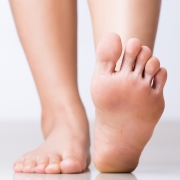Do I Have to Only Wear Flat Shoes Forever?
If you have had trouble with your feet, your Austin, TX podiatrist may have indicated that at least part of the trouble may be with your footwear. Improper footwear can cause a host of problems with feet and other parts of the body. But don’t take that to mean that you can only wear flat shoes for the rest of your life. Both high heels and flats can cause feet trouble.
The Trouble With High Heels
High heels are fashionable, but they aren’t the best kind of footwear for your feet. They can cause and exacerbate several problems, like:
Forcing Feet into an Unnatural Position
Excessively high heels place undue pressure on the metatarsal and sesamoid bones as well as the bones in the toes. This leads to inflammation because of the stress and pressure. Frequent wear may even cause hairline fractures in these bones.
Heel Pain
The hard area at the back of standard high heels rubs against the ankle bone at the back of the foot. This painful pressure can cause bursitis, swelling, blisters and intense discomfort in the Achilles tendon.
The Trouble With Flats
Flat shoes aren’t necessarily the answer, either. They have their own issues:
Lack of Arch Support
Popular shoes such as ballet flats and flip flops offer zero support for the arch of the foot. This can cause problem called plantar fasciitis in Austin, TX, which is when the band of tissue on the bottom of the foot is overstretched, torn or inflamed. Lack of arch support in shoes is often the culprit behind “mysterious” back, knee and hip pain.
Moderate Heels Are Okay
The solution may be to opt for moderate heels that are no more than two inches in height. This type of shoe lends itself to the natural shape of the foot and supports the arch.
Never ignore foot pain, as it can indicate serious problems that could be helped with timely treatment. For any kind of foot pain or other issues, visit Dr. Jeffrey Lamour, your Austin, TX podiatrist.




